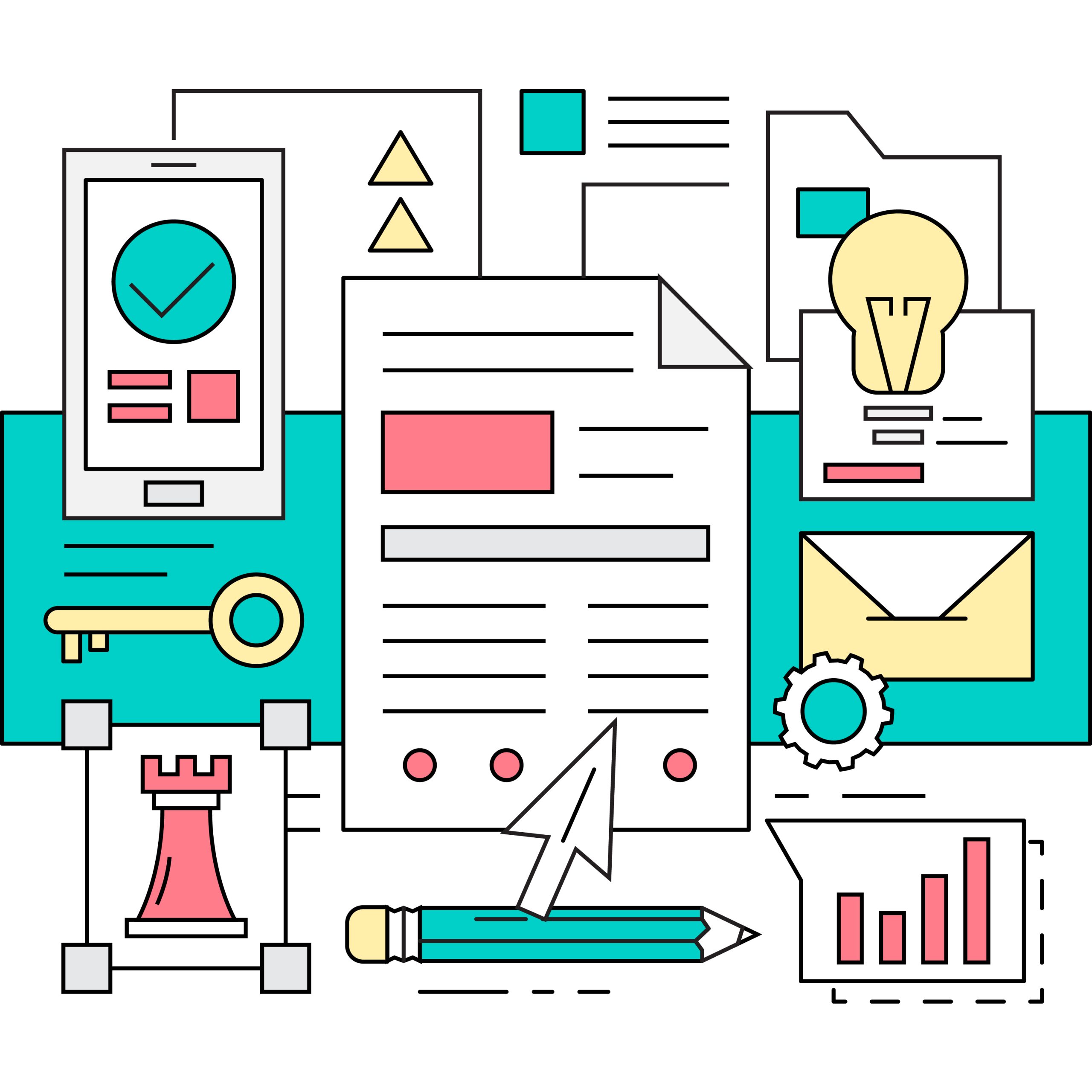If you’re a business analyst, you’ve probably been dropped into both Agile and Waterfall projects at some point in your career.
Maybe you’ve even jumped between them on the same day.
Both approaches have strengths—and both ask different things of a BA.
So which one’s better?
The truth is, it depends on the context.
But knowing how to adapt your role in each is what really matters.
🏗️ The Waterfall World
In traditional Waterfall projects, everything moves in a linear sequence:
📄 Requirements → 🧱 Design → ⚙️ Build → 🧪 Test → 🚀 Deploy
It’s rigid by design.
BAs in Waterfall spend a lot of time upfront:
- Running workshops
- Capturing detailed business requirements
- Creating functional specs
- Mapping processes and edge cases
- Getting sign-off from multiple layers
You act as the translator between the business and the tech team, and once your work is done, it’s passed down the line.
This model works well when:
- The problem is well defined
- Requirements are unlikely to change
- You’re working in regulated or high-risk industries
But it comes with a catch—if something was missed or misunderstood early, fixing it later is costly.
🚀 The Agile World
Agile flips the script.
Instead of one big plan, it breaks work into smaller, time-boxed chunks—sprints.
BAs in Agile play a hands-on, ongoing role:
- Working closely with product owners and dev teams
- Writing user stories, not long specs
- Participating in daily standups, sprint planning, and retros
- Adapting requirements based on user feedback
You don’t just hand off your work.
You’re embedded in the delivery team, shaping the solution as it’s built.
Agile works best when:
- Requirements are evolving
- Speed to market matters
- You need fast feedback and flexibility
But it’s also easy to get messy if teams don’t have clarity or shared understanding.
🔍 Comparing the Two from a BA Perspective
| 🧠 Element | Waterfall | Agile |
|---|---|---|
| Planning | Heavy upfront | Iterative, ongoing |
| Documentation | Detailed BRDs/specs | User stories + lightweight docs |
| Stakeholder Engagement | Early and milestone-based | Continuous and collaborative |
| Change Handling | Formal and slow | Built into the process |
| BA’s Role | Define everything before build | Co-create and evolve requirements |
👀 What to Watch Out For
In Waterfall:
- Over-documenting for the sake of it
- Stakeholders disengaging after sign-off
- Late surprises during test phase
In Agile:
- Incomplete requirements sneaking into sprint backlog
- Losing sight of the big picture
- Confusing “flexibility” with “no planning”
The best BAs know how to stay structured in Agile and bring flexibility into Waterfall when needed.
💡 My Take as a BA
I’ve worked in both environments—some with strict project plans, others with post-it notes and standups.
In Agile, I love being part of the team.
I get to adjust in real time, talk to users regularly, and iterate on the fly.
But Waterfall gave me depth.
It taught me how to document well, validate properly, and think end-to-end.
These days, most of my digital transformation projects use hybrid models.
Maybe a waterfall-style discovery phase, followed by Agile sprints.
As a BA, my goal is the same in either model:
Deliver clarity, reduce risk, and help build something that works.
🧭 Final Thoughts
There’s no universal “right” answer in Agile vs Waterfall.
Both require strong business analysts.
In Agile, you need to collaborate, think fast, and focus on user value.
In Waterfall, you need structure, foresight, and deep documentation skills.
The real skill?
Knowing which tools to use in each—and how to pivot between them.
Because as delivery methods evolve, so should we.






